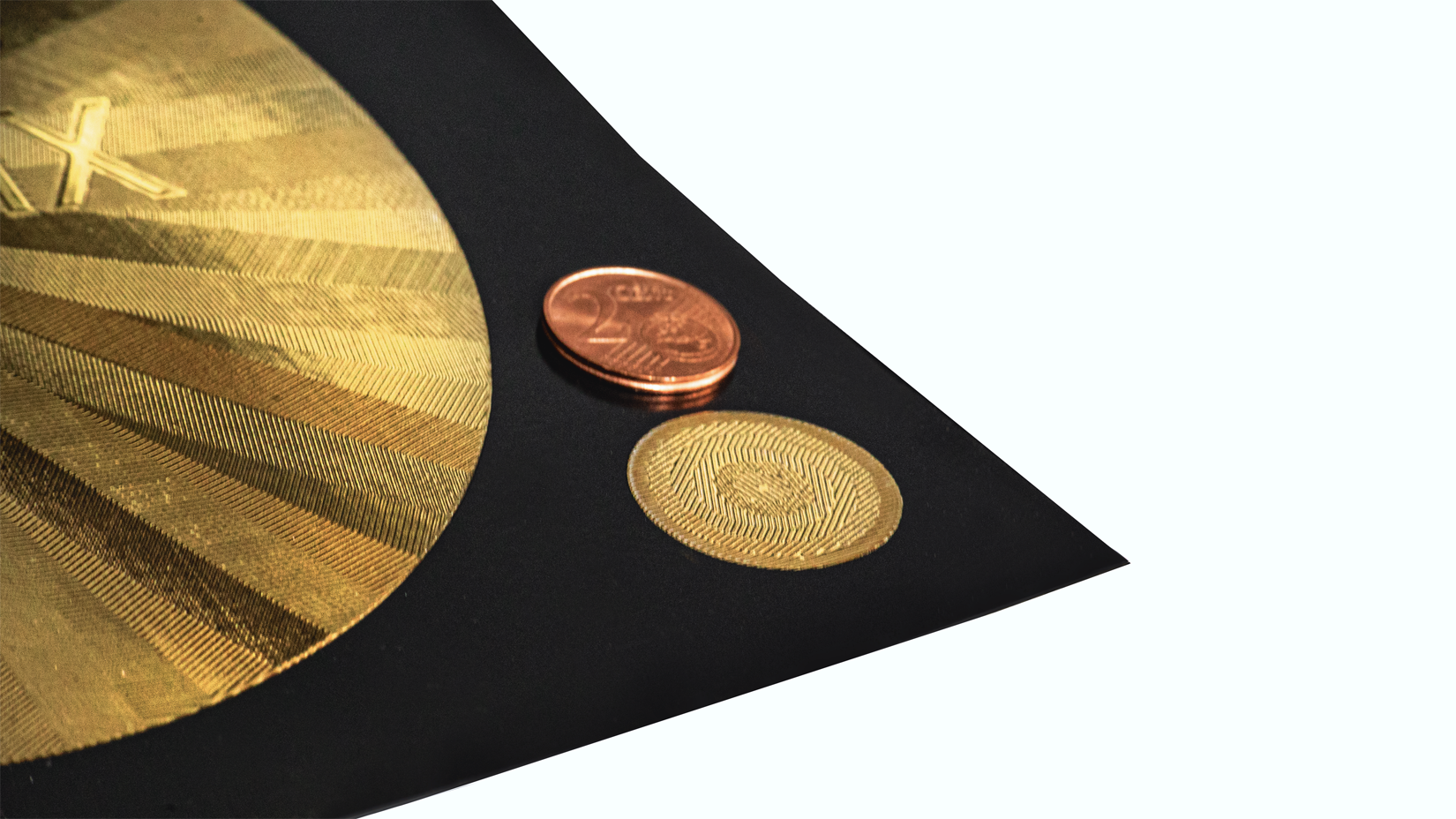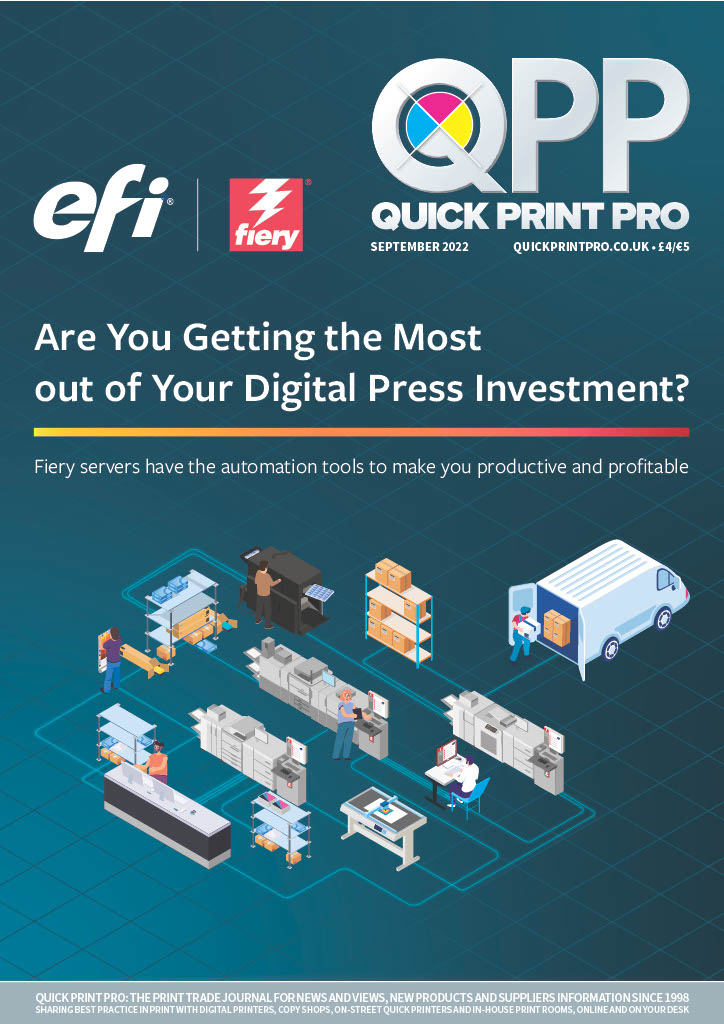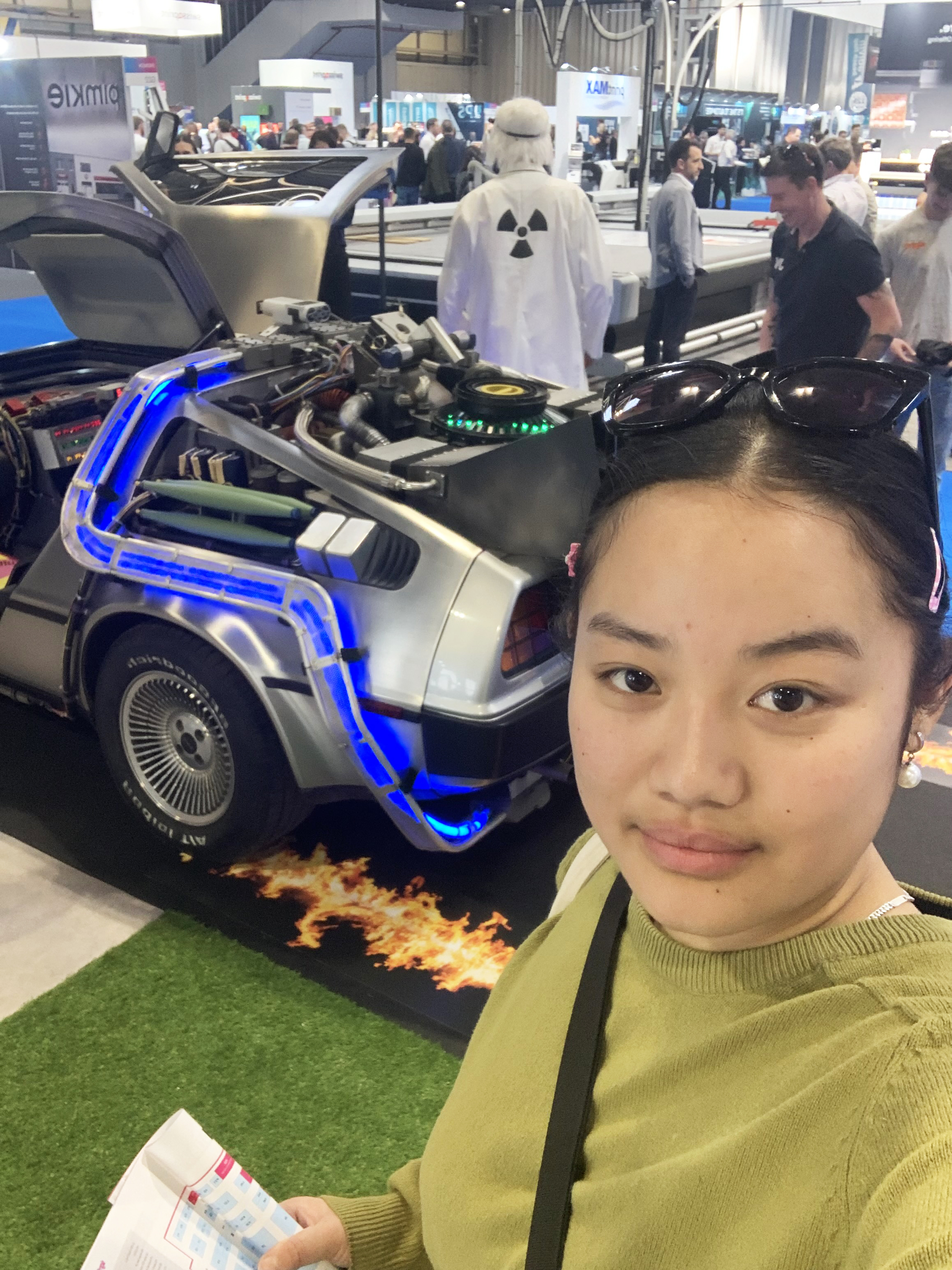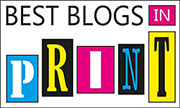Developed to help supermarkets facilitate price look-up at the point-of-sale (POS), it soon became a common global standard, with global specifications managed by the international standards organisation GS1. Fast forward 50 years, and we are now living in an era of big data, with brands expected to provide more information about products – beyond simple price look-up – in an easy and accessible way. With this in mind, GS1 is preparing to transition away from 1D barcodes to a new 2D code format for use at the point of sale – the QR code powered by GS1. Last year, the standards body announced an official sunrise period for 2D codes starting in 2027. So, what are these new QR codes powered by GS1, and how can converters support their brand customers in exploring this new technology? Nigel Allen, Marketing Manager 2D Codes, Domino Printing Sciences, explores.
What are QR codes powered by GS1? QR codes powered by GS1 follow a simple, standards-based structure for encoding information – effectively taking retail barcode information, embedding it on the end of a URL, and allowing that information to become part of the web. Identifiers such as a Global Trade Item Number (GTIN) – the number encoded in a linear barcode and used to identify a product at the checkout – are located within the QR codes and become gateways to a range of information about a product. Why is GS1 transitioning to 2D barcodes? In recent years, many brands have responded to the increasing demand for more data by adding secondary barcodes to their product packaging. Labels and boxes might feature QR codes for consumer engagement, rewards, and instructions for use alongside traditional POS barcodes and Data Matrix codes for internal stock control, counterfeit protection, supply chain operations management, and traceability. This multitude of codes can be confusing for consumers, cause issues when scanning at POS, and take up valuable space on the packaging design. Now, GS1 has set the gears in motion to help the industry transition to a single, data-rich 2D code standard, allowing the linear barcode and the QR code to merge into one, reducing the space required on the pack and simplifying the consumer experience. The new QR code powered by GS1 standard will allow commercial, retail, and consumer devices – from warehouse and POS scanners to mobile phone apps – to obtain specific information about a product.
A consumer scanning a code with a smartphone might be linked to a website with user instructions or rewards, while a warehouse scanner could direct the user to the applicable SKU page in the ERP system. When linear barcodes were first introduced in the 1970s, few could have anticipated just how important they would become. We are now experiencing the same journey with 2D codes and QR codes powered by GS1 – and Domino is partnering with GS1 to actively support this transition. How can converters support their brand customers in their move from 1D to 2D barcodes? As brands consider what information to include inside the new 2D codes – whether this will be generic, dynamic, batch-, or item-related data – converters need to be ready to meet their requirements. Like linear barcodes, POS QR codes can be printed on both traditional printing presses and digital presses. However, replacing a linear barcode with a static QR code would bring only very limited additional opportunities for brands. A static 2D code printed in bulk on thousands of labels would only be able to provide access to limited product information, such as a GTIN for accessing pricing information and stock level monitoring – the same information currently supported by barcodes – with the added benefit of being able to include a generic URL for consumer use. Brands looking to harness the full potential of POS QR codes will need a converter partner that can produce labels and packaging designs containing variable data. For a converter running a flexo process, this could mean adding a monochrome print bar with the processing power to reliably produce unique codes at high speeds to their line. In addition to printing QR codes, the same print bar could enhance label applications with personalised content. Converters considering investing in a new digital press may want to opt for a press that features powerful digital front-end software that can reliably generate unique or batch-based variable data codes as part of an automated pre-press process. Converters’ capabilities may even have to go beyond print to meet their brand customers’ needs. As with any product code, a GS1-enabled barcode can only be effective if it is correctly printed and can be effectively scanned. This is driving the adoption of vision technology providing code inspection, with converters benefiting from the opportunity to provide a value-added service to brands. What is the time frame for the implementation of QR codes powered by GS1? Retailers are expected to have installed technology able to read 2D barcodes at the POS by 2027, at which point we can expect linear barcodes to start disappearing from certain product packs. However, leading brands, converters, and retailers are already embracing the new technology – brands by including QR codes in packaging designs, and converters and retailers by getting ready to produce and read 2D codes. Considering this, the adoption of QR codes for use at the POS is likely to expand quickly as more and more brands realise the benefits of greater data sharing. To be ready to meet their brand customers’ 2D code needs, converters should ensure that their label and corrugated printing lines are equipped to handle variable data requirements and deliver effective printing and code verification. A digital printing press provider with extensive experience in variable data processing, printing, and verification technology will be a strong partner to support converters in the roll-out of 2D code printing in their facilities.
Find out more about 2D codes and smart packaging at https://dmnoprnt.com/2dcodes





-2022-10-17-17-37-37.jpg)

